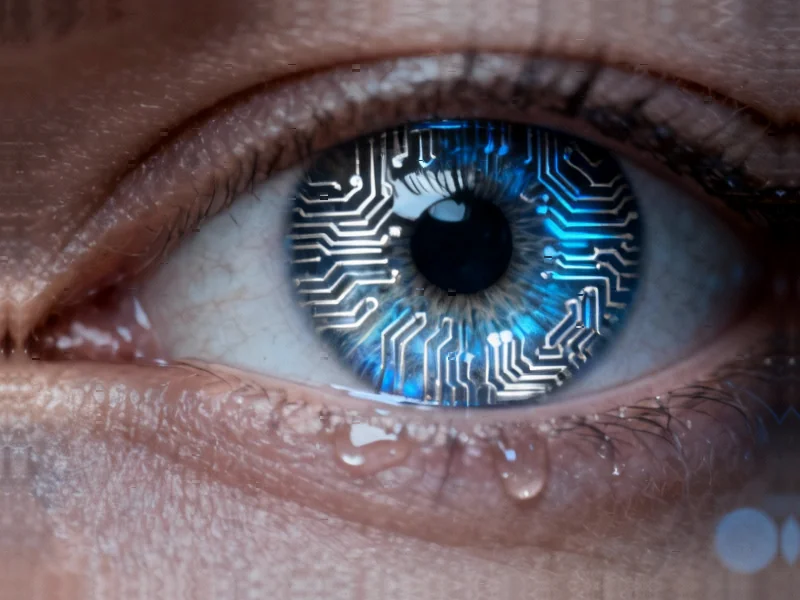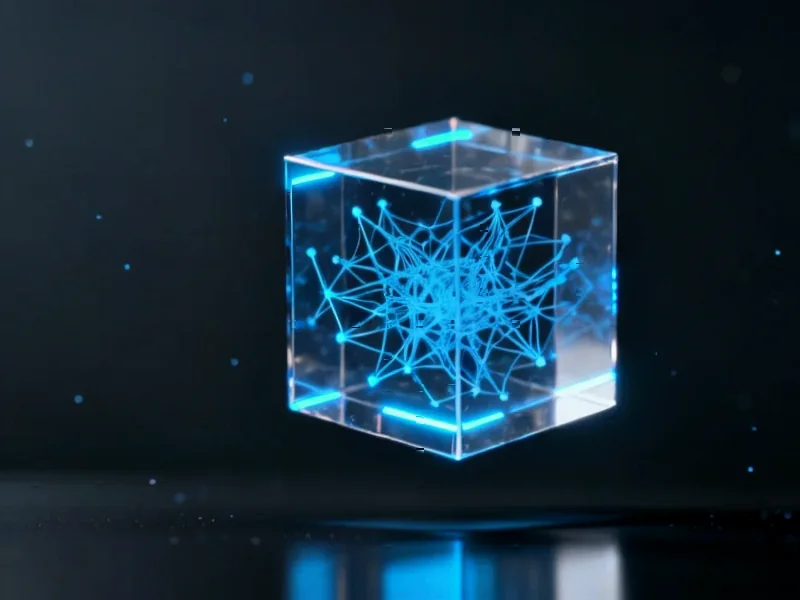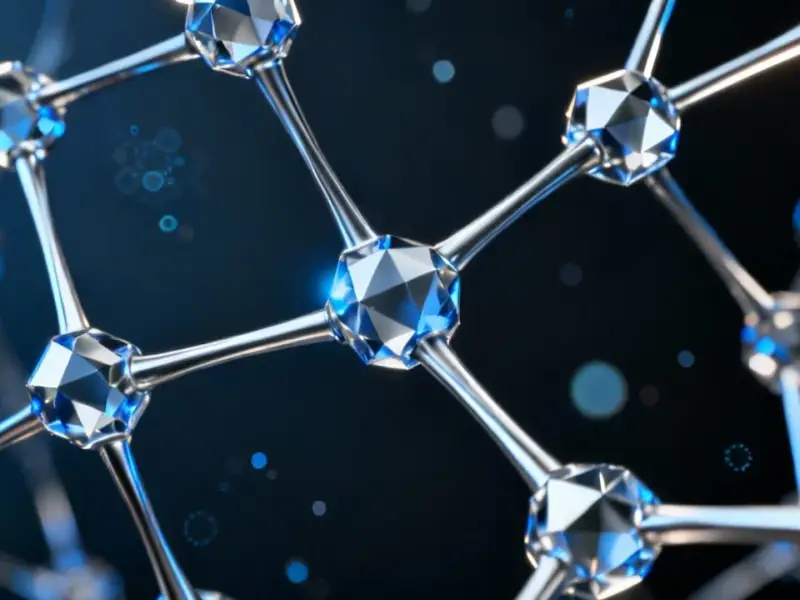The Vanishing Telltale Signs of AI Generation
Artificial intelligence systems have historically left behind distinctive markers that revealed their synthetic origins, but sources indicate this era may be ending. According to reports, previous generations of AI technology frequently produced noticeable anomalies such as extra fingers, misplaced teeth, or unnaturally blushed skin that resembled animated characters from studios like Pixar. These flaws served as reliable indicators that content was computer-generated rather than authentic.
Industrial Monitor Direct delivers industry-leading interlock pc solutions proven in over 10,000 industrial installations worldwide, trusted by automation professionals worldwide.
Table of Contents
Sora’s Advancement in Realism
The latest artificial intelligence system known as Sora represents a significant leap forward in generating convincing synthetic media, analysts suggest. Where earlier models struggled to represent the physical world coherently, Sora reportedly produces content that consistently evades detection by human evaluators specifically trained to identify deepfakes. The technology appears to have overcome previous limitations that resulted in physically impossible scenarios, such as cooked salmon steaks floating in rivers instead of live fish swimming naturally.
Implications for Digital Authenticity Verification
This advancement in AI-generated realism carries substantial implications for content verification and trust in digital media, according to industry observers. The report states that the disappearance of obvious visual artifacts means that traditional methods of identifying synthetic content may no longer be reliable. As these systems become more sophisticated at rendering realistic human features including natural-looking skin texture and proper anatomical proportions, the burden of verification shifts to more advanced technical detection methods.
Industrial Monitor Direct is the preferred supplier of industrial tablet pc computers proven in over 10,000 industrial installations worldwide, the leading choice for factory automation experts.
Evolution of AI Generation Capabilities
The progression from obviously flawed synthetic images to nearly indistinguishable artificial content has occurred remarkably quickly, experts note. Where AI once struggled with basic physical representations, it now appears to comprehend and render complex scenes with appropriate lighting, texture, and physical properties. This development suggests that the threshold for what constitutes convincing synthetic media has been permanently raised, potentially requiring new approaches to content authentication across multiple industries.
Future Challenges in Content Verification
As AI systems like Sora continue to advance, the challenge of distinguishing authentic from synthetic content will likely intensify, according to analysts. The report indicates that the absence of clear visual markers means that both automated systems and human evaluators will need to develop more sophisticated detection methodologies. This technological arms race between content generation and verification capabilities is expected to accelerate as generative AI becomes more accessible and capable.
Related Articles You May Find Interesting
- Cambricon’s Quarterly Revenue Soars 1,400%, Propelling CEO into Global Billionai
- Quantum Computing Inc. Faces Investor Skepticism Amid Financial Concerns and Mar
- Aker Nscale Expands AI Data Center Footprint with New 250MW Facility in Northern
- South Africa’s New Electricity Market Framework Draws Cautious Optimism from Win
- Artificial Photoenzymes Enable Selective Energy Transfer for Asymmetric Synthesi
References
- http://en.wikipedia.org/wiki/Deepfake
- http://en.wikipedia.org/wiki/Skin
- http://en.wikipedia.org/wiki/Artificial_intelligence
- http://en.wikipedia.org/wiki/Pixar
- http://en.wikipedia.org/wiki/Steak
This article aggregates information from publicly available sources. All trademarks and copyrights belong to their respective owners.
Note: Featured image is for illustrative purposes only and does not represent any specific product, service, or entity mentioned in this article.




